the “Bride of the Mediterranean” The second-largest city and a major urban center located on the Mediterranean coast, at the western edge of the Nile River delta, The city was founded by Alexander the Great in 331 BC with the vision of becoming a link between Greece and the rich Nile Valley. He appointed his architect Dinocrates to design its layout.
✨ Overview
Discover Alexandria in one unforgettable day! A perfect blend of ancient wonders, coastal beauty, and vibrant culture. Ideal for travelers who want to experience the heart of Egypt’s Mediterranean gem.
📌 What’s Included:
- Private car with driver
- English-speaking guide
- Seafood lunch
- Bottled water
🧳 What to Bring:
- Comfortable walking shoes
- Sunscreen & sunglasses
- Light jacket
- Camera or smartphone
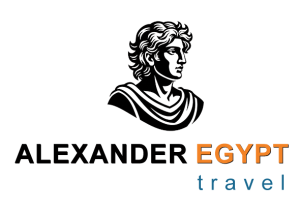
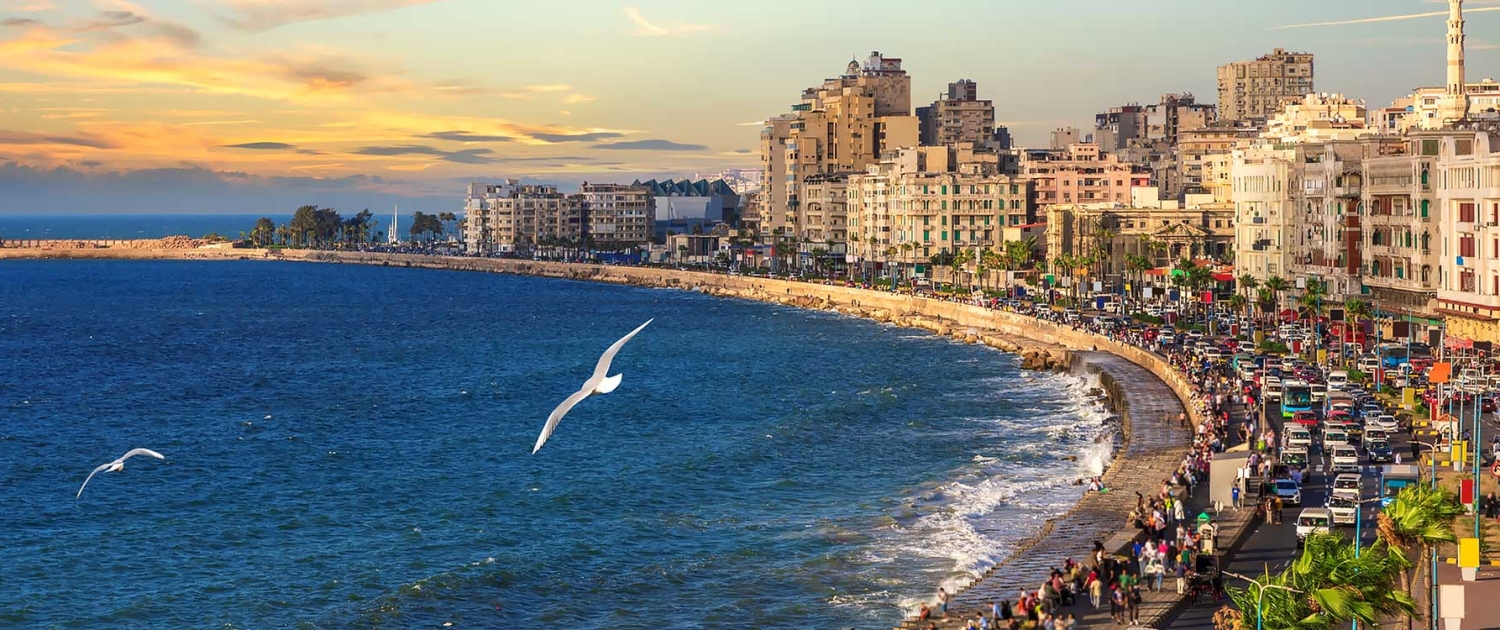
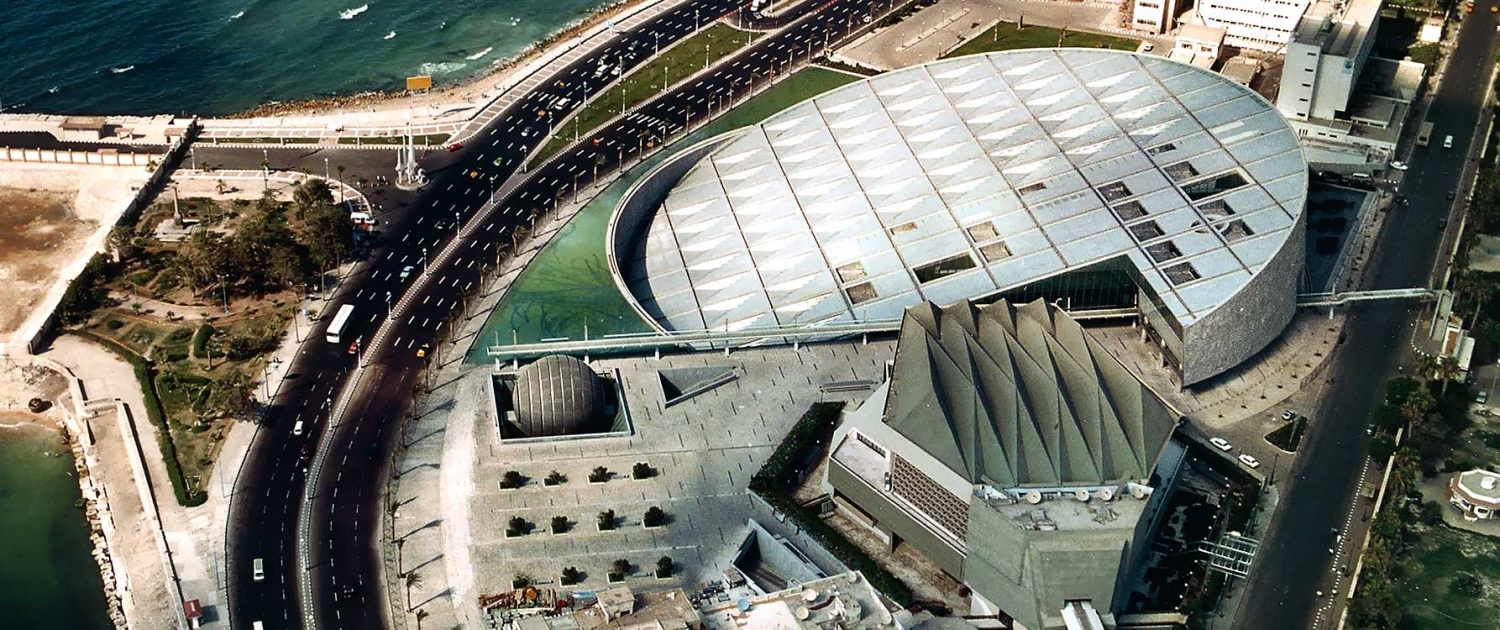
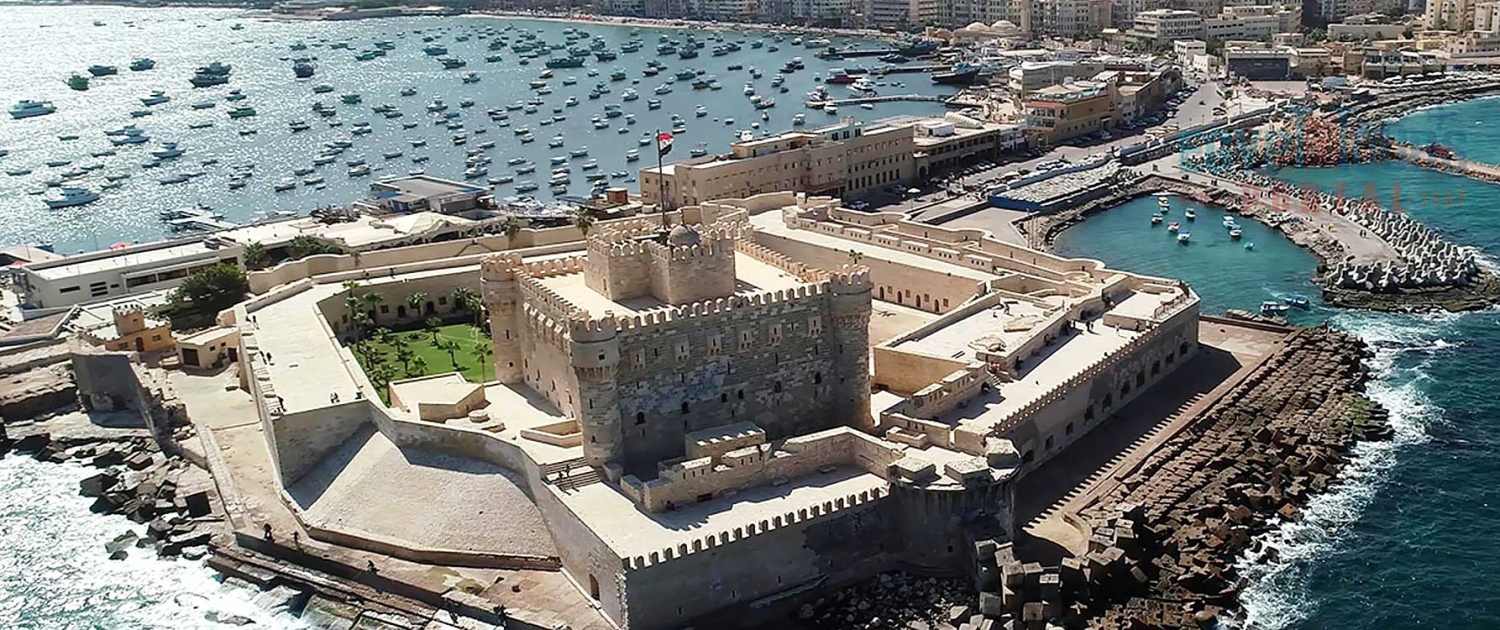
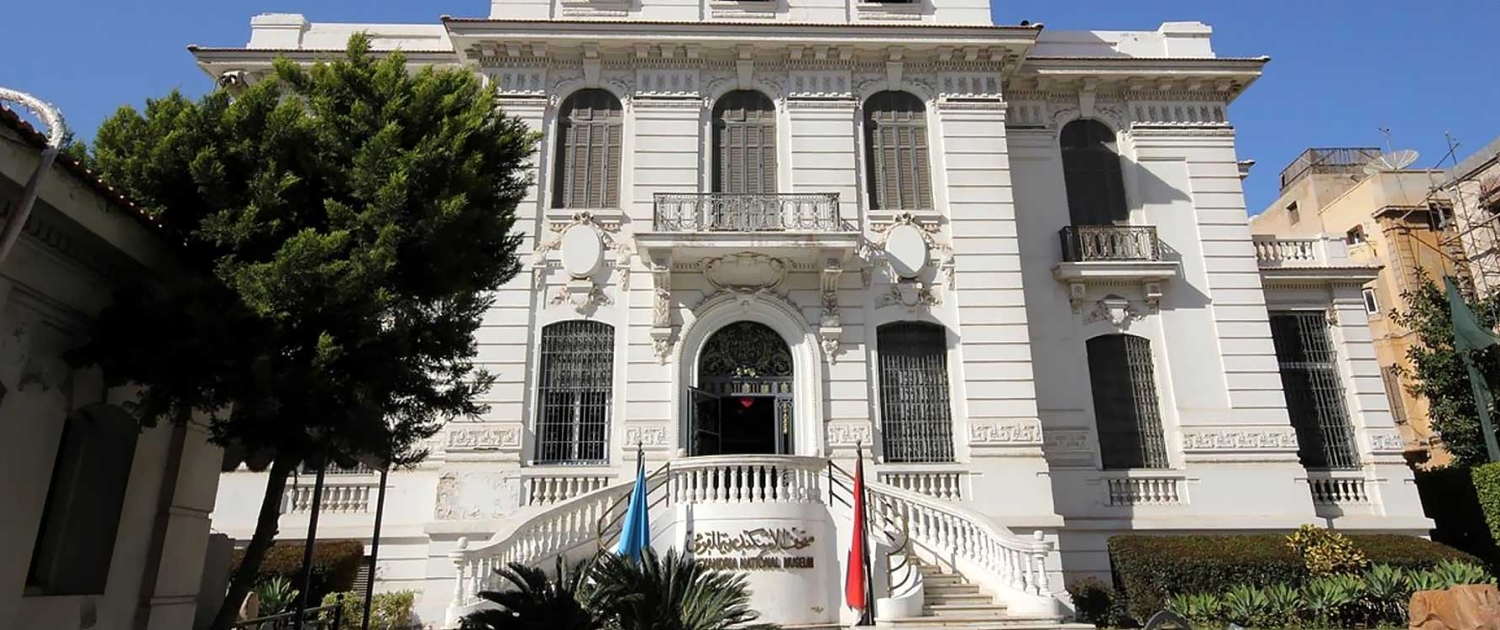
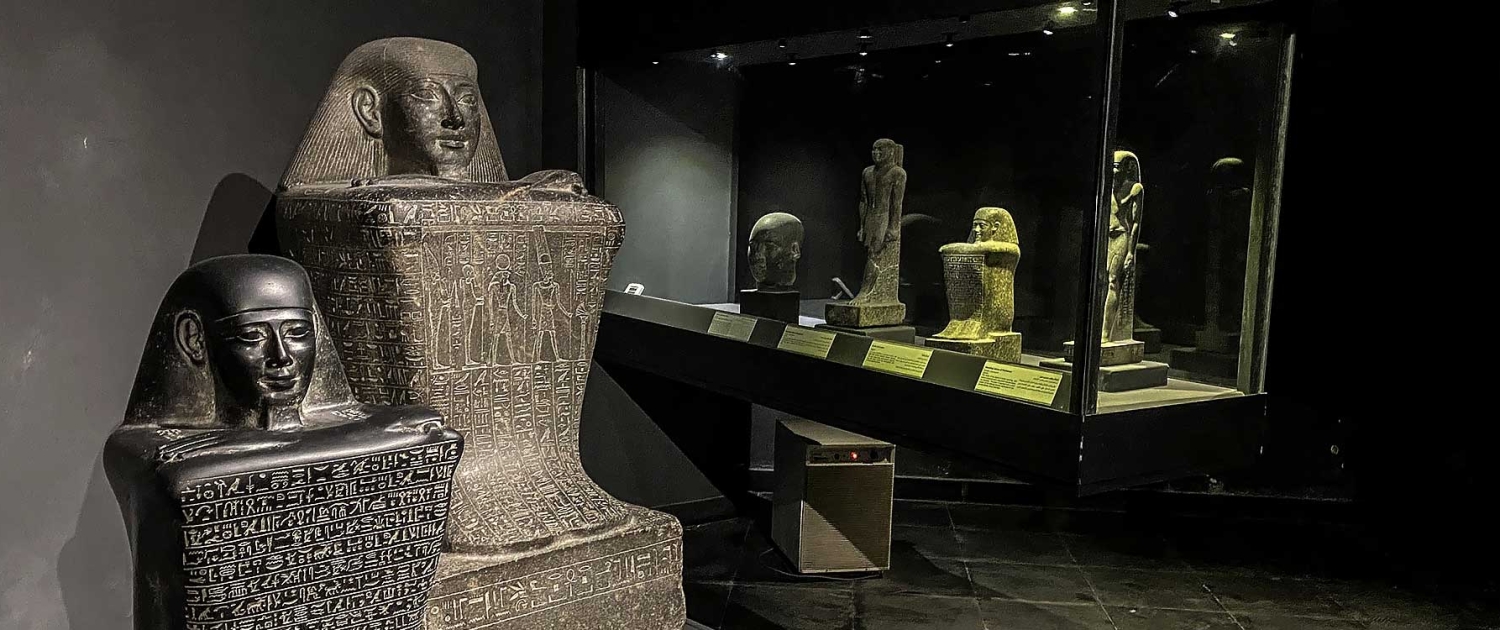
Reviews
There are no reviews yet.